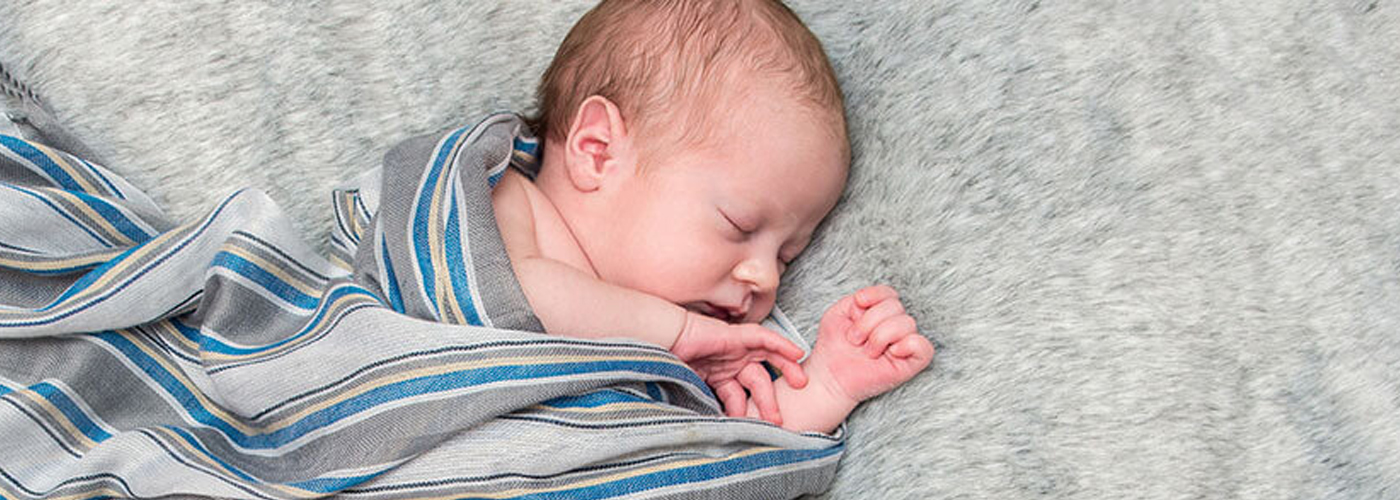In this training, the proposals of María Montessori and Emmi Pikler are presented and compared, emphasizing aid for movement development or postural development.
Learn how to prepare the environment at home and at school, the materials and the appropriate furniture to promote baby’s development through theoretical and practical tools and video tutorials.
- 100% online training
- Without schedules, sign up and start now!
- Up to 60 days to complete the course
- IMI Certificate, accrediting 20 hours of training
MONTESSORI COURSES FOR THE 0-3 YEARS STAGE
MONTESSORI COURSES FOR THE 0-3 YEARS STAGE
Objectives
HISTORY
THE ENVIRONMENT
DEVELOPMENT OF CHILDREN
POSITION ACCORDING
TO PIKLER
WORK AREAS
PREPARATION
Information
- Teaching team with great knowledge and international experience in Montessori classrooms.
- Didactic material: in our virtual campus you will find theoretical and practical content and videos.
This seminar is presented as a rich and intense experience of introduction to the Montessori proposals for the first years of life, in which we will delve into the life and work of Maria Montessori, we will know the pillars of her theory of development, endorsed by the advances in Neuroscience; We will discover why and how to prepare environments at home and at school, what is our role as adults and what are the appropriate practices, materials and activities to help the child’s comprehensive development from birth to three years of age.
We will also approach Emmi Pikler’s contributions regarding the movement, to learn about his studies on postural development and his practical proposals on accompaniment, furniture and materials, which are included in the Montessori 0-3 prepared environments.
We will walk the path in a theoretical and practical way during an interesting week, acquiring theoretical tools, peering into the interior of Montessori homes and classrooms, viewing images and videos.
Follow the child: Maria Montessori’s approach on the first three years of life
María Montessori’s life overlapped two prolific and troubled centuries, a time of great advances in knowledge and also of great conflicts. Her career was always guided by the same impulse: unlocking the creative potential of the human being to build a world in peace.
As a result of her investigations, she identified and developed a series of principles that make up his theory of development, currently supported by advances in neuroscience., Thus, it invites us to know and understand how, why and when the different milestones of development happen, from a scientific and global perspective, identifying and valuing the singularities of their manifestations and the importance they have for education.
By learning about The Absorbing Mind and Sensory Periods, we will understand why the first years of life are fundamental for learning and developing personality.
Through the Stages of development and human tendencies, we will understand the needs and manifestations of children.
We will also discuss aspects to consider when providing childcare from birth, from a deep respect for the rhythm and their needs.
To respond to the great potential of the child, Montessori pedagogy focuses on three fundamental elements: the prepared environment, the materials and the adult as a facilitator of learning.
Between the first years of life, two levels are distinguished in the school environment:
The Nest
It embraces toddlers from the first months to approximately 18 months. A serene and warm space, where rich sensory experiences, free movement are offered and language development is promoted.
The Children’s Community
The environment for walkers, in order, where children experiment with materials and activities from all working areas, cultivating the “I can do it!” attitude.
This Montessori and Pikler Course is aimed at:
- Technicians in Early Childhood Education
- Early childhood educators
- Homeschooler families (homeschooling)
- Toy library educators
- Educators of children with special needs
- Grandparents, families and any other professional profile interested in this stage of development
- Babysitter
- Psychologists, Speech Therapists, Pediatricians, Therapists, Neurologists
- Children’s educators
- Day Mothers (caregivers at home up to 3 years old)
- Mothers and fathers
- Other educational environments
- Any professional interested in educational innovation
The Montessori method offers us a wide range of ideas for the selection and creation of suitable materials for the development of different skills, such as:
- Sensory experiences
- Development of motor coordination
- Cognitive development
- Language experiences
- Practical Life Activities
After successfully completing the activities requested at the end of each module, the student will receive a Certificate in digital format, awarded by the International Montessori Institute as the official training center for Montessori pedagogy.
Registering for the course is very simple, you must click on the “Take this Course” button that you will find under the course title.
Once this is done, the shopping cart will appear with the course you have chosen, and you must click on “Proceed to checkout”, or continue browsing our website to add new courses to your cart.
The next step will be to fill in the form with the billing information and choose the payment method: by card or Paypal, and click on “Place order”.
After the registration process, you will automatically receive a welcome email, which will include your access codes so that you can start the course. Remember that you have up to 30 days to complete the course.
Remember that after reading or viewing the content of the lessons you must press the “Completed” button, and thus proceed to the next topic.





